- the article gives an understanding of how different types of camera and lenses work
- provides many interactive examples that explain the various elements, aspects and how they interact
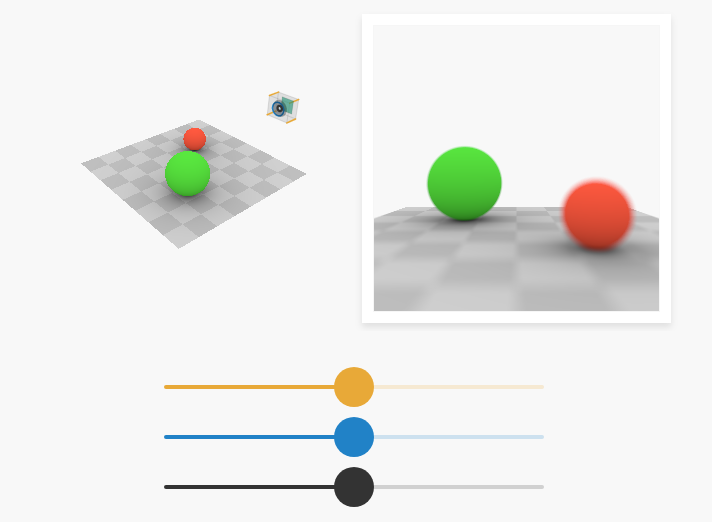
- the video tutorial provides an overview of signed distance fields
- explains how to use SDFs for font rendering
- provides an example implementation of multiple font effects (thickness, feather, outline color)

- video recording from all talks in the Siggraph 2020 course in a single video
- covering Intro to Moving Mobile Graphics, Mobile Graphics 101, Vulkan on Mobile Done Right, Deferred Shading in Unity URP,
- Large Voxel Landscapes on Mobile, High Quality, High-Performance Graphics in Filament are covered below in more detail

- introductory slides for physically based rendering course
- provides an overview of fundamental terms and concepts
- explaining how the different ideas fit together to create a basic physically based shading implementation
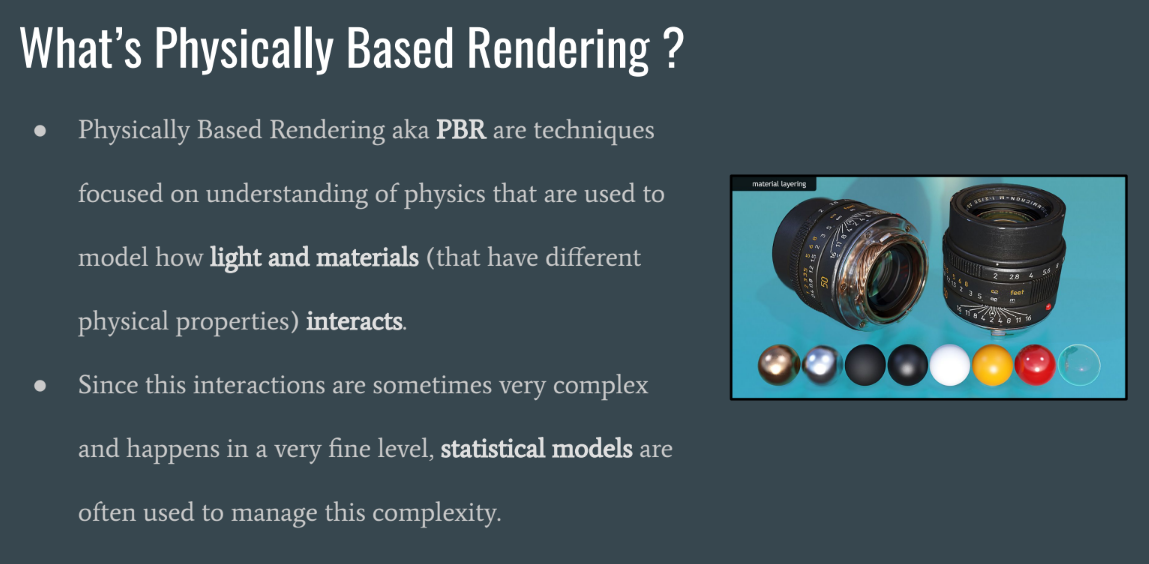
- the video tutorial shows how to generate grass blades that swing in the wind
- LODs are supported, reducing the number of segments for each blade of grass when it’s further away from the camera
- implemented as compute shaders using Unity

- the video tutorial explains how to implement a ripple effect
- first implements a sprite-based effect, extends this afterward to support 3D mesh deformation
- implemented using Unity shader graph
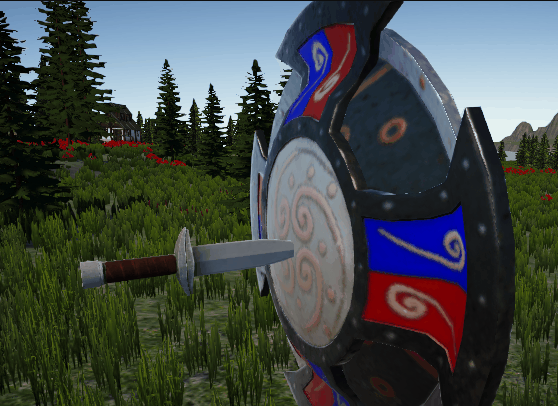
- short blog post that provides advice on how to debug refraction in a raytracer
- provides what values to expect when debugging refraction on a glass sphere

- the article presents an overview of different compression formats and libraries
- comparing quality and compression speed for several texture types
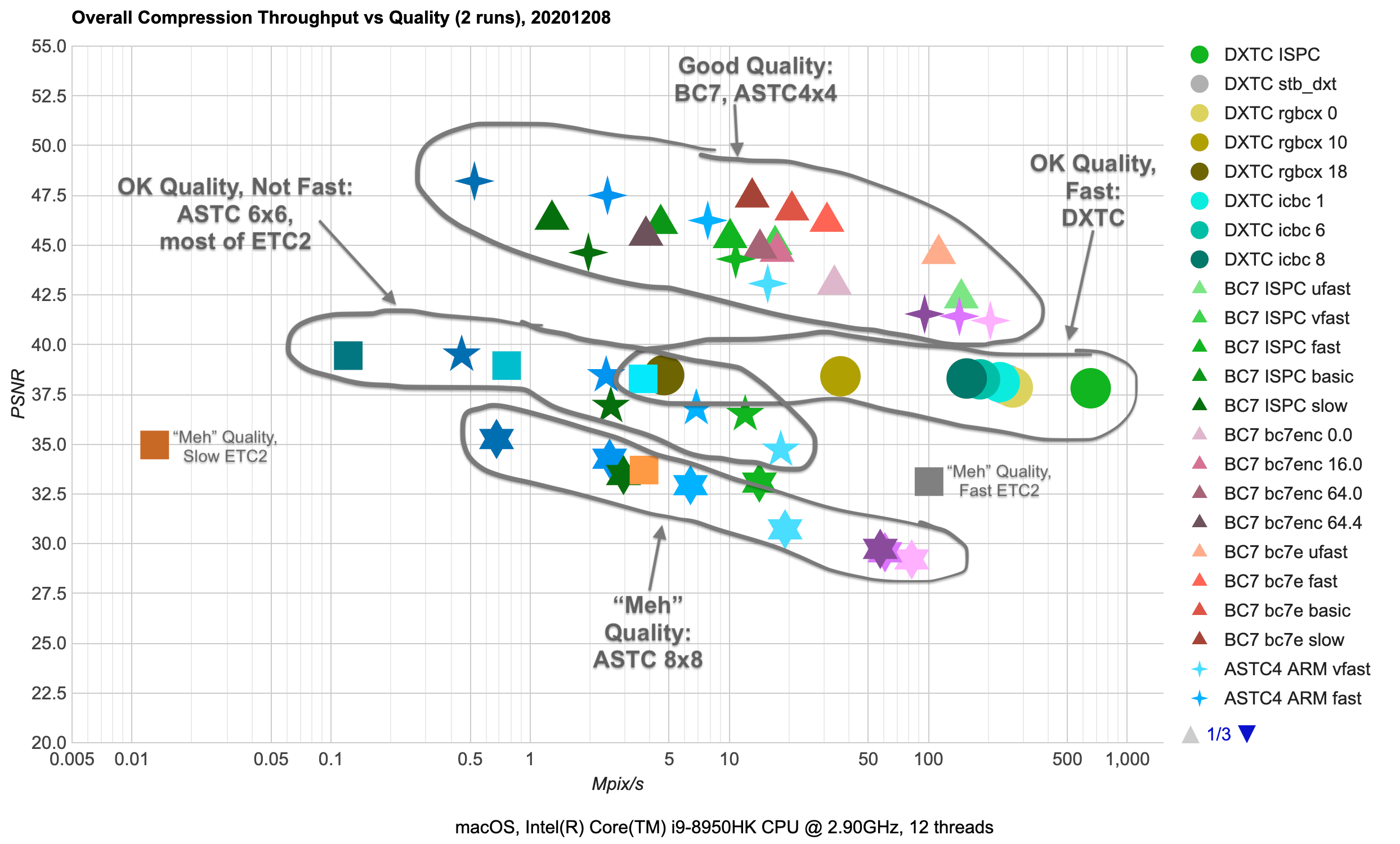
- the article explains the implementation of Caustics using a photon mapping technique that takes advantage of DXR capabilities
- the first part focuses on caustics from meshes (such as bottles, glasses)
- additional provides a performance comparison between Nvidia GPUs
- part 2 focuses on water-based caustics
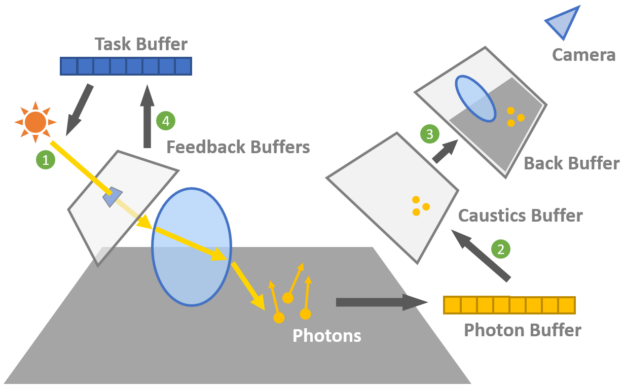
- the article shows examples of how to use mesh shaders (code examples in GLSL)
- show how different data types and models influence the performance
- gives advice on best-practices when designing a solution for Nvidia hardware
- additionally provides pointers on what might be different on other hardware
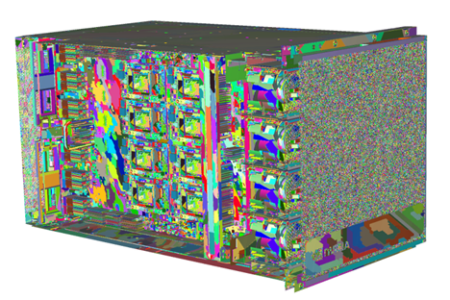
- the RDNA 2 Instruction Set has been released
- shows that RDNA 2 supports dedicated instructions for BVH intersection to accelerate ray tracing workloads
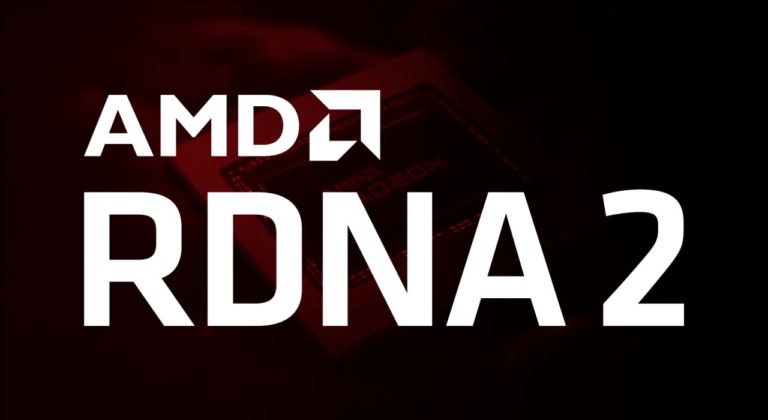
- AMD released the source code for the Memory Visualizer
- tools support Vulkan and D3D12 to provide insights into memory usage
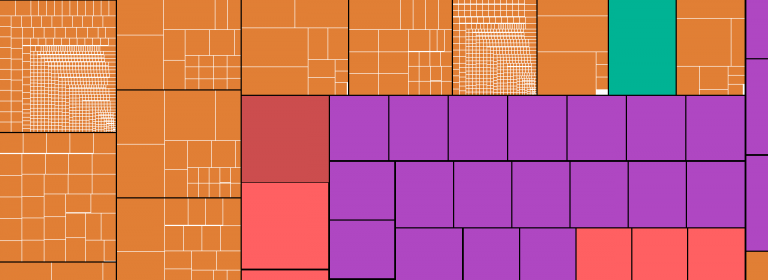
- the article shows how fading our transparent objects when getting close to an intersection helps them to appear more volumetric
- technique presented in the article uses the depth buffer information from opaque objects to fade out the transparent

- the paper presents the results of research into using the RTX raytracing hardware for unstructured point rendering
- presents multiple iterations from a reference CUDA implementation to more complex RTX solutions
- comparing performance for the different approaches

- video for the talk has been released, was covered in the week 147
- how to take advantage of tiling GPU architecture and enable the use of fp16 math
- cloth shading, reduction of energy loss for rough metals, multi-bounce AO
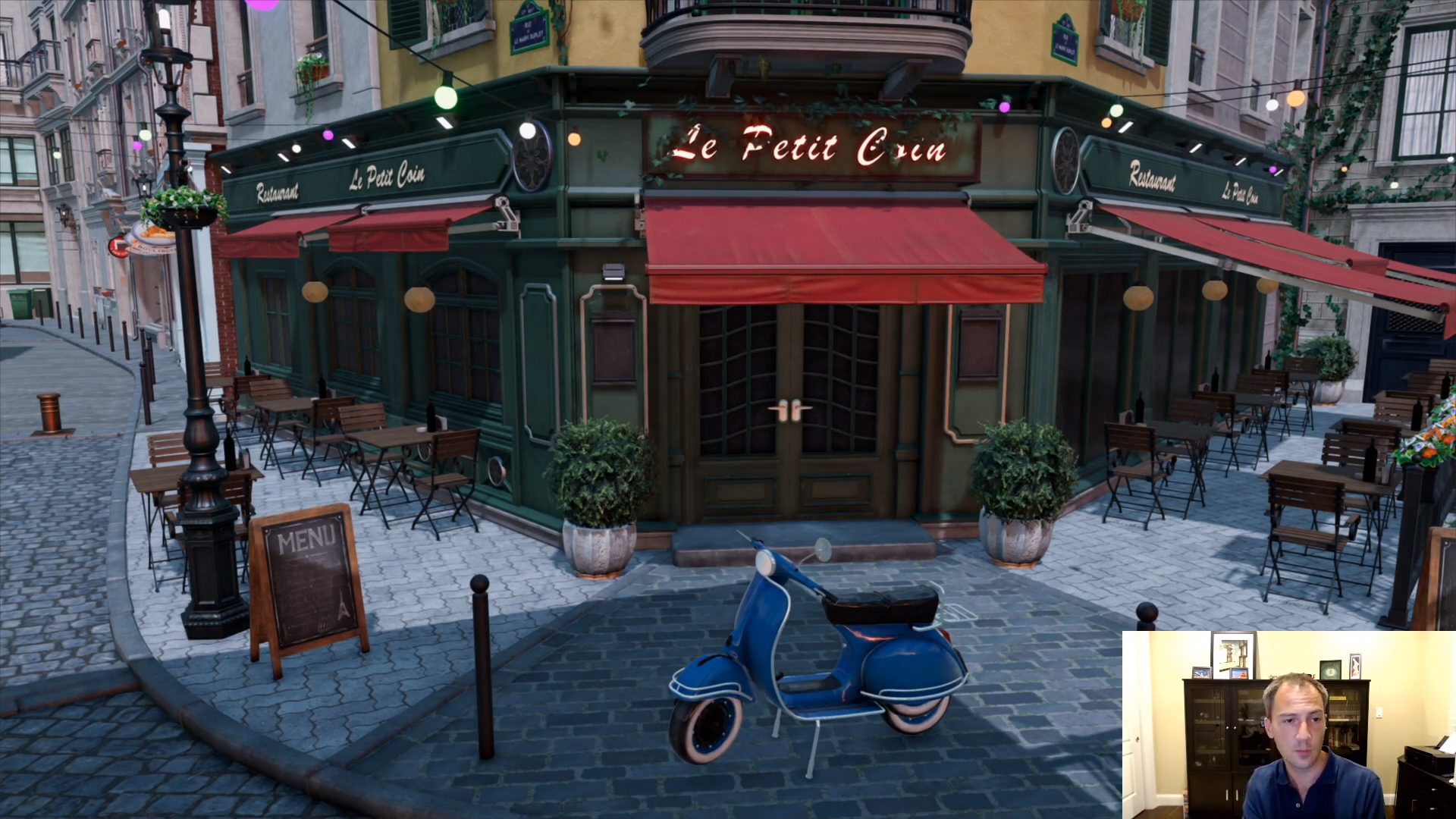
- the talk explains the Voxel-based terrain system used in Roblox
- voxels store material id and material occupancy (0,1) range
- how to generate meshes from the sparse voxel representation
- texture mapping, tiling reduction, water considerations, and various performance advice

Thanks to Robert Wallis for support of this series.
Would you like to see your name here too? Become a Patreon of this series.